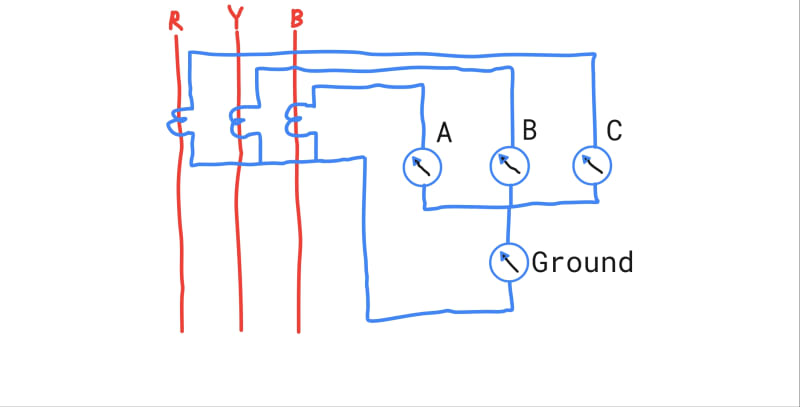Mbrooke
Electrical
- Nov 12, 2012
- 2,546
Do analog amp meters have a current limitation?
Basically I want to monitor leakage current on a 3 wire system. A, B, C meters 0-2000 amps, Ground meter 0-30 amps, possibly 0-5 amps range.
Question is, what if I get a persistent ground fault over 30 amps? Will my meter burn up? How will the burden of each meter effect the others under normal and GF conditions?

Basically I want to monitor leakage current on a 3 wire system. A, B, C meters 0-2000 amps, Ground meter 0-30 amps, possibly 0-5 amps range.
Question is, what if I get a persistent ground fault over 30 amps? Will my meter burn up? How will the burden of each meter effect the others under normal and GF conditions?

